Introduction
Have you ever thought about how the modern applications communicate in real-time, without any kind of delay or interruption? It is thanks to event-driven architectures. Standing at the forefront of the trend is AWS EventBridge, a powerful service intended to help developers build scalable applications through event-driven computing.
So, what is AWS EventBridge? Basically, a serverless event bus service that makes it easier to connect applications to events. Sounded complicated? Don’t worry; by the end of this article, you’ll be able to understand just how user-friendly and efficient it can be for your projects.
Understanding EventBridge
What Are Events?
In simple words, an event is a notification that something has happened in your application or environment. These can be as minor as the actions of a user or as major as changes in states of the application. This organization of the events by EventBridge helps the applications to respond faster and, consequently, give a better experience to the users and more effective operations.
What is the difference between Amazon CloudWatch Events and EventBridge?
Even though they share similar names, Amazon EventBridge is not related to Amazon CloudWatch Events. Although they both have anything to do with event-driven architecture, whereas the former exerts much more strength in routing and managing events that flow out of your applications and many of AWS’s services, making it more flexible.

Key Features of AWS EventBridge
Event Routing
One of the most significant advantages of EventBridge is its event routing feature. Using this capability, you can filter the events and route them based on a set of customized rules so that only relevant events trigger any action, thereby saving time and resources.
Schema Registry
You can use the Schema Registry to define the structure of your events. This provides an easy way for you to validate and evolve structures in events over time, so existing integrations will never break. Imagine a project, where you all agree to that one blueprint everyone refers to.
Custom Event Bus
EventBridge enables you to build your personal event bus. This means that you can have your events from various applications in a central place, hence making it easy to manage and monitor.
Integrations with AWS Services
EventBridge supports many services on AWS. Whether Lambda, SQS, or Step Functions, routing your events to these services will be a breeze, ensuring a seamless flow of operation.
How AWS EventBridge Works
Event Sources
Event sources are the systems or AWS services that send events to EventBridge. It can be an application, a third-party service, or even an AWS service like AWS Lambda.
Event Rules
To decide what happens to an event, you need to set rules. These rules define where the event should go when a specific condition is met. Think of them as traffic signs directing events to their destinations.
Targeting AWS Services
Once an event is received and a corresponding rule is matched, EventBridge can route that event to one or more targets, which could include Lambda functions, SNS topics, or even step functions. It’s done in fairly flexible and dynamic ways.
Set Up AWS EventBridge
How to Create an Event Bus Step-by-Step
This is simple: just sign into your AWS Management Console, go to EventBridge and click on “Create Event Bus.” Fill in your information and voilà! There you have it, an event bus waiting to receive events.
Creating and Managing Rules
It is user-friendly when managing rules. You can have conditions according to what your application requires. Each rule you create will target your AWS services or external services efficiently.
Real-World Use Cases
Application Integration
EventBridge is amazing for integrating applications in real-time. Imagine if a booking application can automatically notify other systems when a new reservation is made.
Microservices Architectures
In a microservices architecture, different services must communicate. EventBridge facilitates this communication, enabling one service to respond based on another’s actions without tight coupling.
Automation of Workflows
Want to automate your workflows? With EventBridge, you can trigger any number of automated workflows based upon specific events in your environment, which really streamlines your processes.
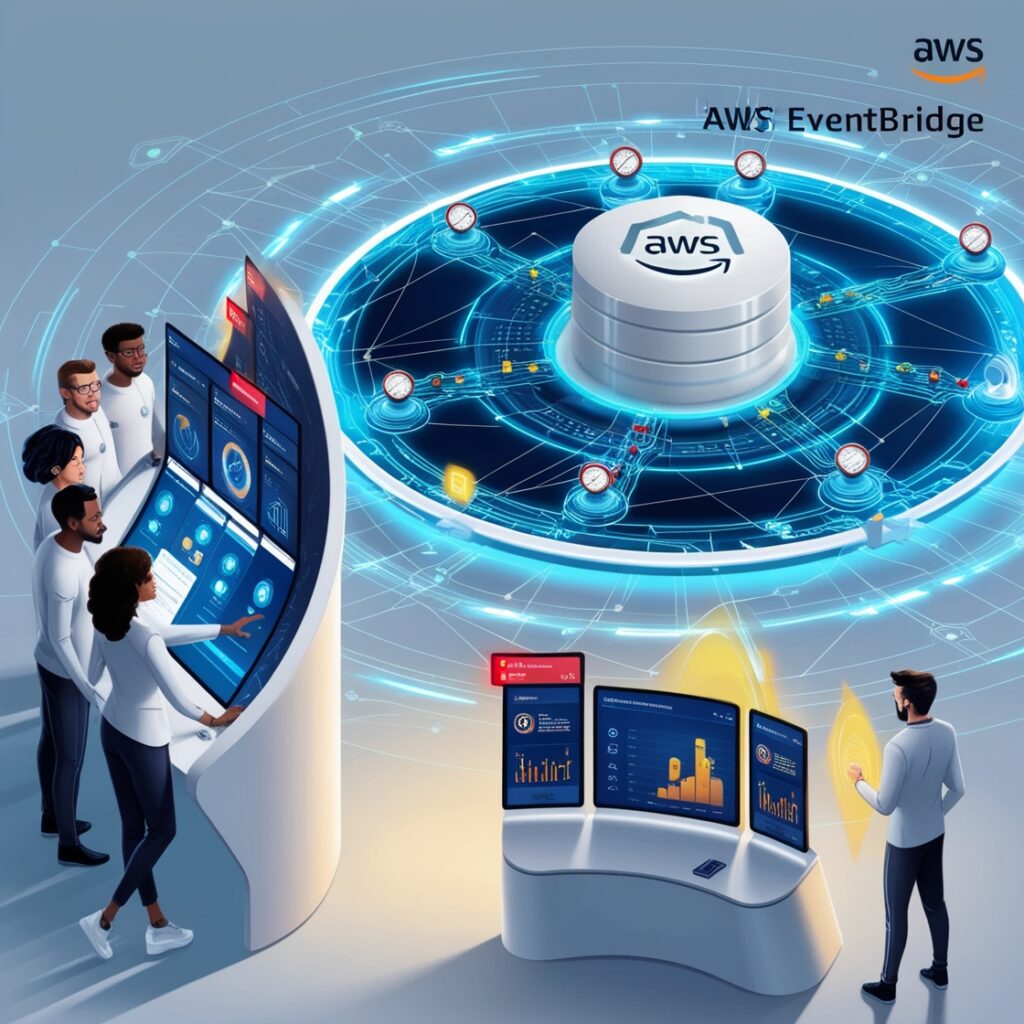
Monitoring and Event-Driven Alerts
Another really cool use of EventBridge is in monitoring and alerting. Imagine an application goes down. EventBridge can immediately notify those teams who can take rapid action.
Pricing Model
Understanding Cost Structure
AWS uses a pay-as-you-go model for EventBridge. Charges would be based on the number of events published and events delivered to targets. The flip side is that you get to start without any upfront cost.
Free Tier Services
Wasn’t nice of AWS to give me this free tier? The free tier allows me to create events up to a few hundred per month, depending on my needs at no additional charge. This would let me play with EventBridge without hurting my pocket.
AWS EventBridge Best Practices
Naming Conventions for Events
Event name must be clarified and descriptive, not only to maintain clarity but also to understand the purpose of events in one glance.
Event Payload Management
Events must have lightweight payloads. Heavy payload processing causes the delay in processing. It is better to send a reference to larger data stored in the database or another storage service.
Security Consideration
Lastly, security is always ensured. See to it that IAM roles as well as policies of permission and access are used strictly following the least principle.
Common Challenges and Solutions
Troubleshooting Non-Triggering Events
Let us say you have configured every detail just right but after some time, it simply stops triggering. What’s disturbing in this case is how very confusing it can get at times. In most occasions, look at your rule first; they do not seem to be matching what one thought to happen in an event pattern.
Dealing with Event Duplicates
There is a possibility of event duplicates. It is advisable to design your architecture in a way that can handle the occurrence. You might consider adding an idempotency key such that your application works on an event only once.
Conclusion
It really is critical to have the event-driven architecture of real-time data processing and responsiveness for today’s developer. It will simply make integrating, automating, and responding to events easier when these come from a variety of sources. As the world of cloud computing continues to evolve, tools like EventBridge will be playing increasingly important roles in shaping applications.

FAQs
What is the maximum number of events that EventBridge can handle?
EventBridge can process millions of events in a second depending on the limits of your AWS account.
Can I use EventBridge in hybrid applications?
Yes. You can connect events, both from AWS services and yours on-premises using AWS Lambda.
What are the programming languages I may use to interact with EventBridge?
You can use any supported HTTP request programming language. The more common ones are Python, Node.js, and Java
Is EventBridge suitable for batch processing?
EventBridge is essentially a real-time event processing system, though it may be used in an overall architecture to process a batch of events.
How does EventBridge secure events?
EventBridge relies on AWS IAM for controlling access so you can define who can send events and who can receive them by permissions you will set.
Ref: AWS EventBridge Documentation


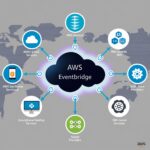

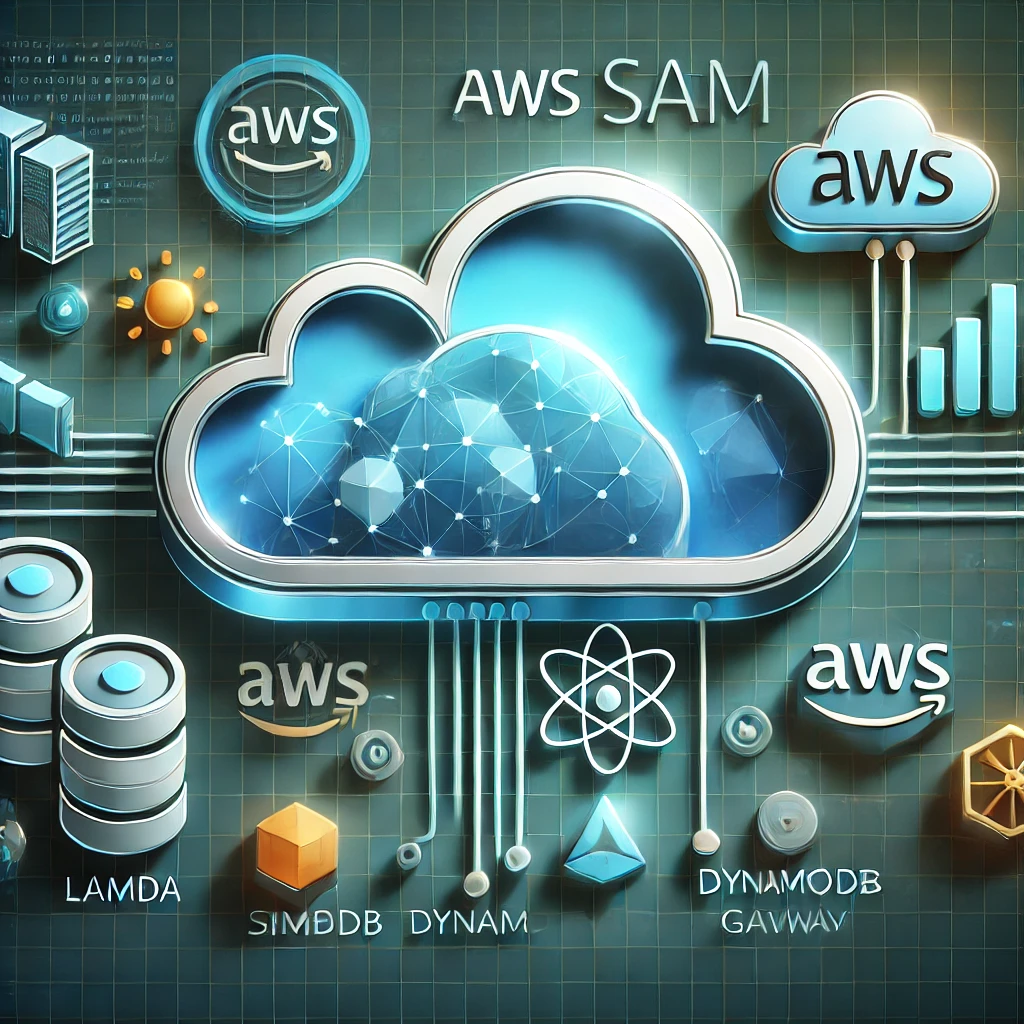
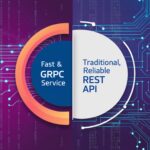
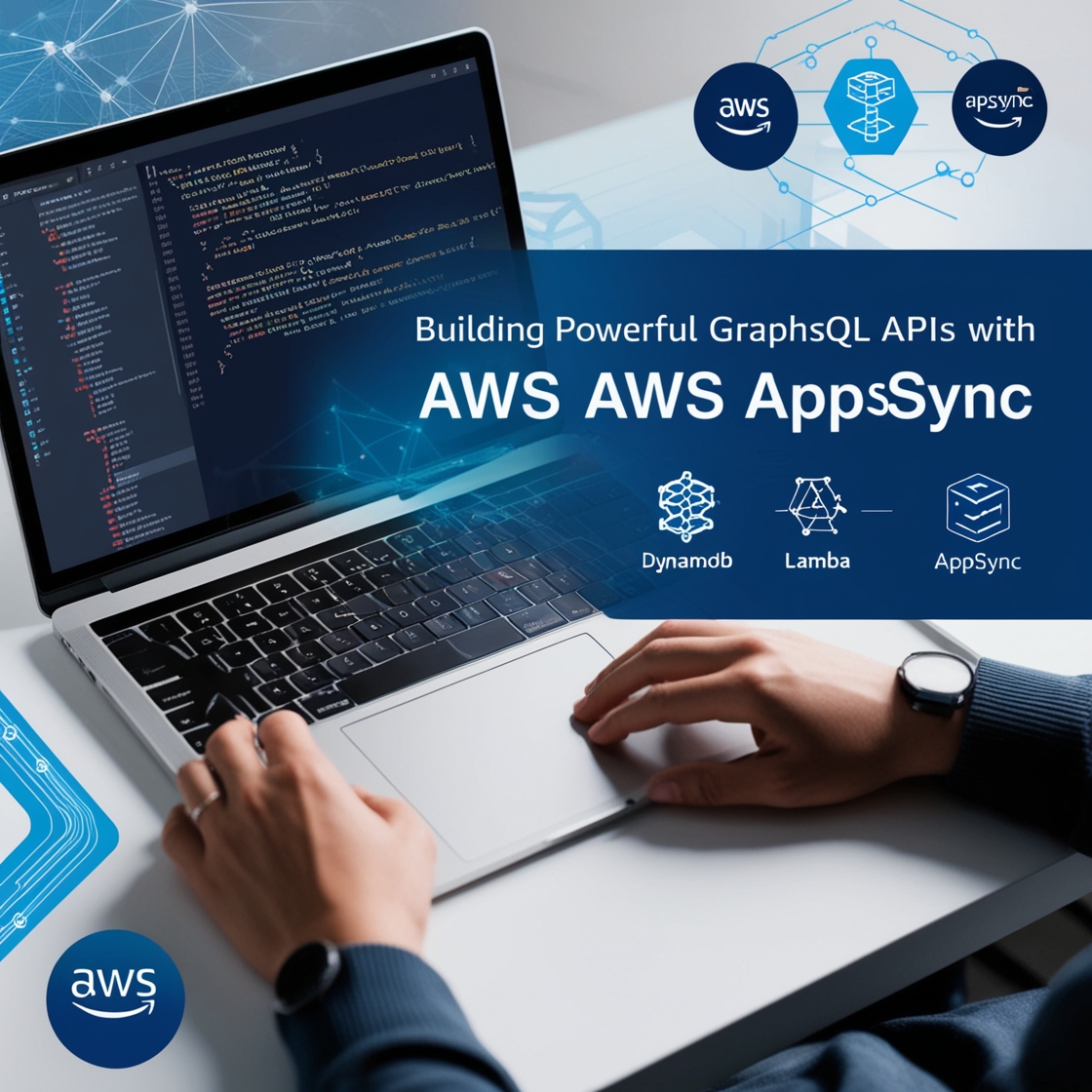
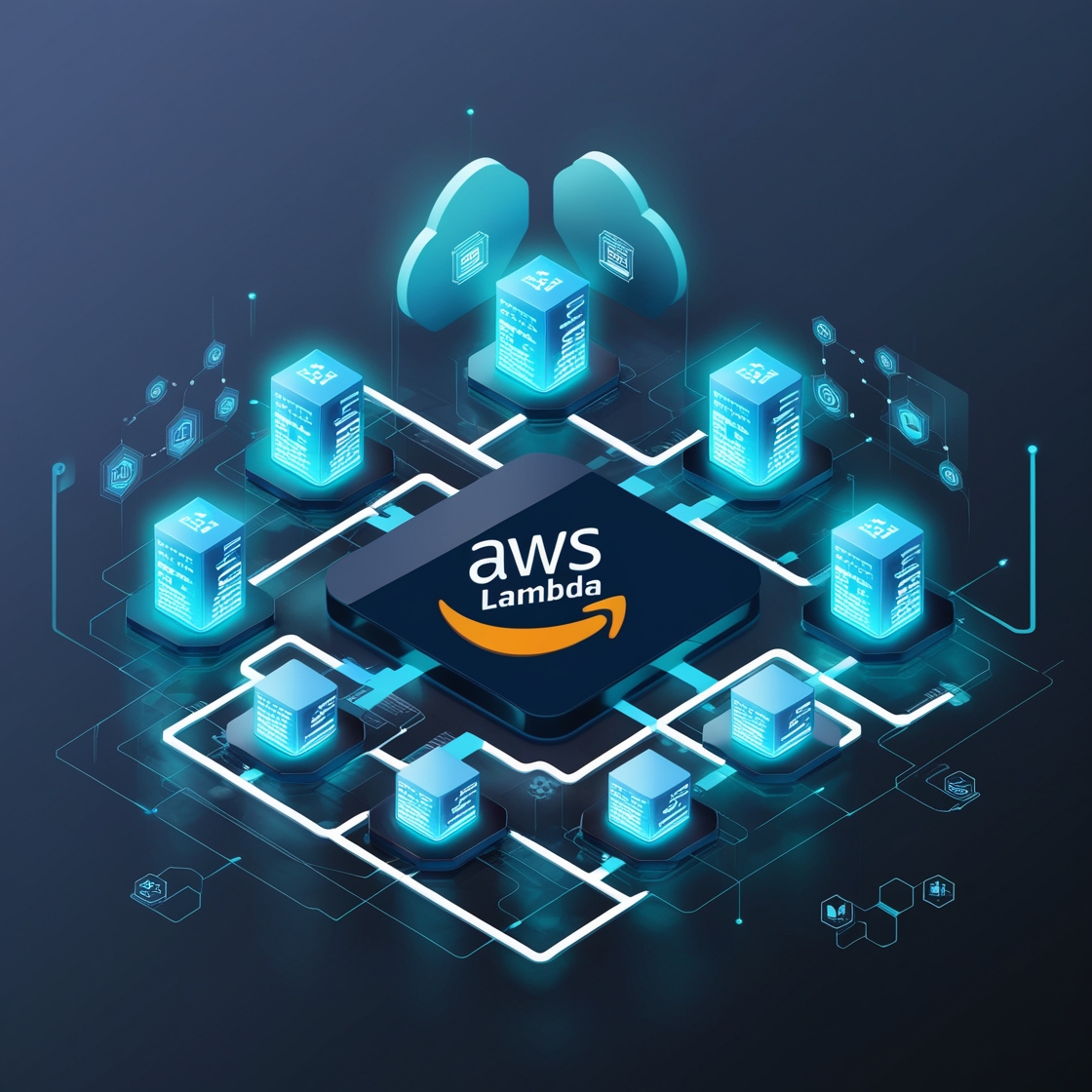
1 thought on “Transform Your Applications with AWS EventBridge: Unlock Seamless, Real-Time Integration”